CARE FOR THE SKIN YOU’RE IN

Advice from Sangeeta Marwaha, MD, Chief of Dermatology for Kaiser Permanente Napa Solano
Your skin has an important job: Protecting you. The skin is your body’s greatest barrier from the external environment, including the sun, pollutants, and allergens. As the dermatology chief for Kaiser Permanente Napa Solano, here are my recommendations for caring for your skin.
Identifying the biggest hazards to our skin
The greatest risk for developing skin cancer is the sun. An estimated one in five people in the United States will get skin cancer in their lifetime. Also, the sun is the primary cause of the visible signs of aging.
Dryness, caused by the environment, aging (loss of natural barrier function), or skin care habits can all be damaging to our skin. If you lived in the rainforest, or an area with a humid climate, your skin would love it. But dryness creates “micro-cracks” on the surface of our skin, which allows irritants to enter, leading to itching, redness and rashes. Additionally, hot water, extended periods of time in the water, excessive use of soaps (even when mild) can also dry out our skin. Quick, cool showers, with soap primarily for our underarms and groin, and application of moisturizer to the entire skin afterwards keeps the skin healthy.
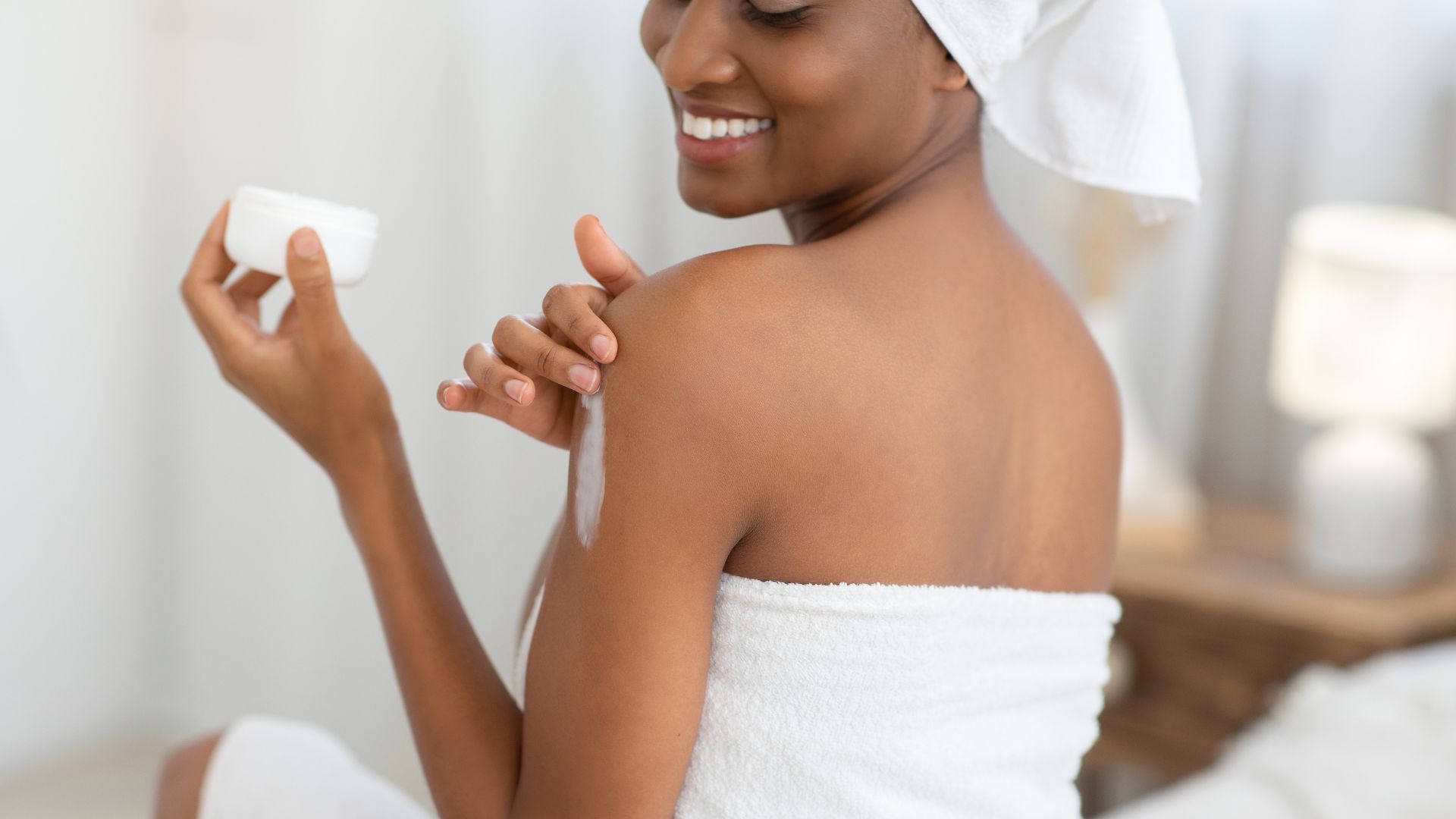
The best way to wash your hands
During the COVID-19 pandemic, there’s been an uptick in hand washing and use of sanitizers. Although hand washing strips our skin of natural oils and decreases the barrier function of the skin, it is still vital in preventing infection and spreading germs. There are ways to protect your skin and prevent hand eczema such as washing with mild soaps and then sealing the skin with a moisturizer. It’s essential to do this with every hand washing episode. Make sure to also seal the cuticles with moisturizer because water can be damaging to them and lead to inflammation and infection. I keep a bottle of moisturizer everywhere I wash my hands (and I probably wash 30+ times a day.) Choose washing your hands over using hand sanitizers because they can be especially drying. If you need to use a sanitizer, choose an alcohol-free one.
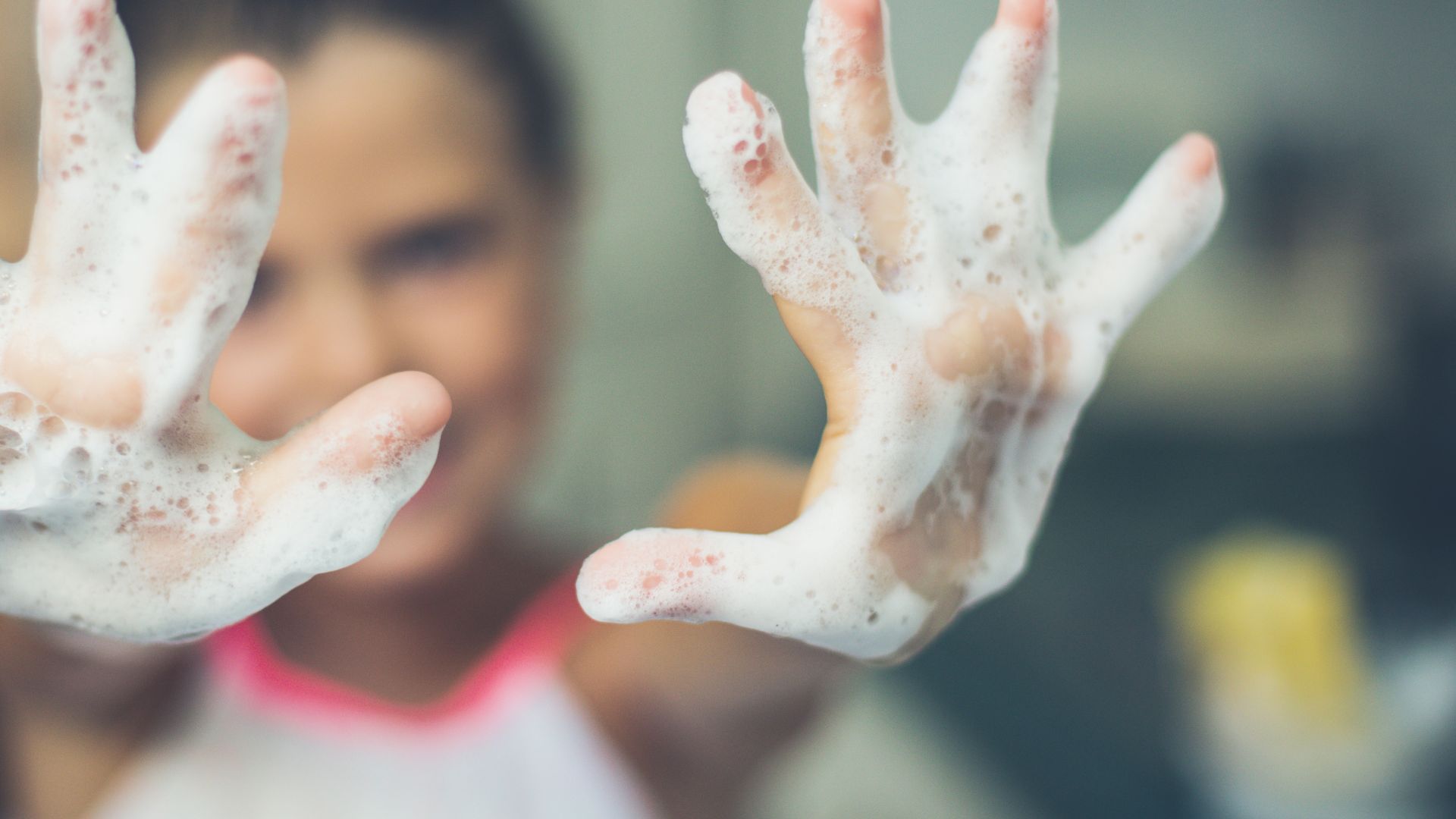
Self-skin checks – how to do them and how often
There are three different kinds of skin cancer: basal cell or squamous cell, and melanoma. It’s important to be aware of what they look like so when something suspicious appears, you can have it checked out. Although sun exposure is the primary factor, skin cancer can grow in places that are not exposed to the sun. Everyone should be examining their skin and doing a full body skin check once a month. Examine your body in a full-length mirror:
- Look at your front and the back, easiest after you shower.
- Look at the right and left sides of your body with your arms up.
- Look at your underarms, your forearms, and your palms.
- Look at your feet between your toes and on the soles of your feet.
- Use a handheld mirror to look at your neck, your back, and your buttocks.
Look for lumps, bumps and blotches that were not there before; spots or moles that may have changed; growths that bleed even without scratching. If something is bleeding and/or not healing, get it checked.
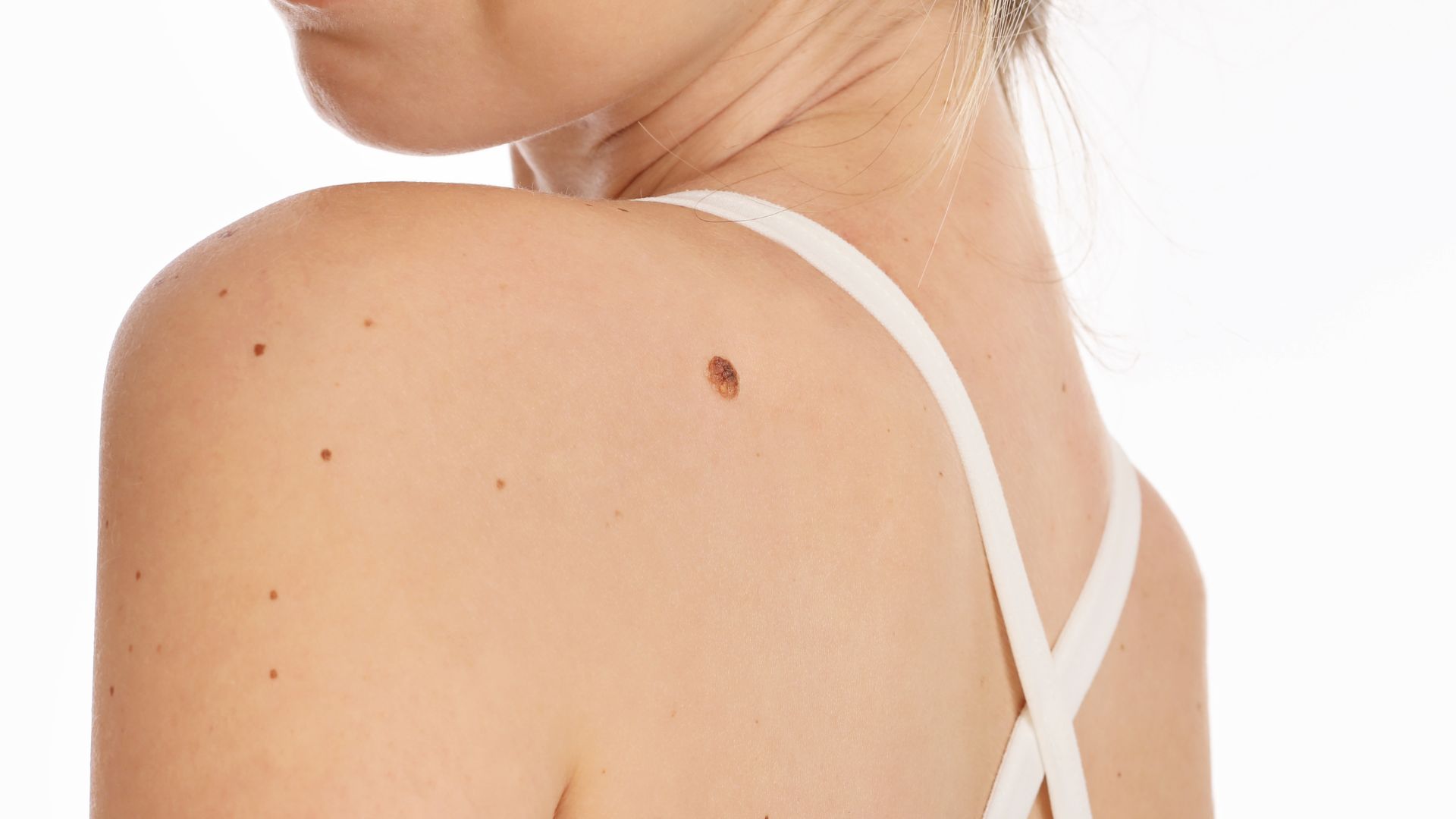
Discussing sun protection
Wear sunscreen every day, summer, winter, rain, or shine. Whether it’s a spray, lotion, or stick, wear a sunscreen that you like as you are more likely to use it. If you don’t like the smell, the texture, or the way it goes on, you won’t use it and it won’t become part of your routine. A broad-spectrum sunscreen of SPF 30 is all you need. There isn’t a significant benefit to increase above SPF 30. The key is to reapply every 4 hours (2 hours if sweating and 30 minutes if in the water). You need to rub in the spray or stick applicators. I prefer sunscreens with zinc or titanium because they reflect the sun’s rays. I also prefer sunscreen-only products as opposed to moisturizers plus sunscreen. You can make changes to your regimen as needed for the seasons or as your skin changes.
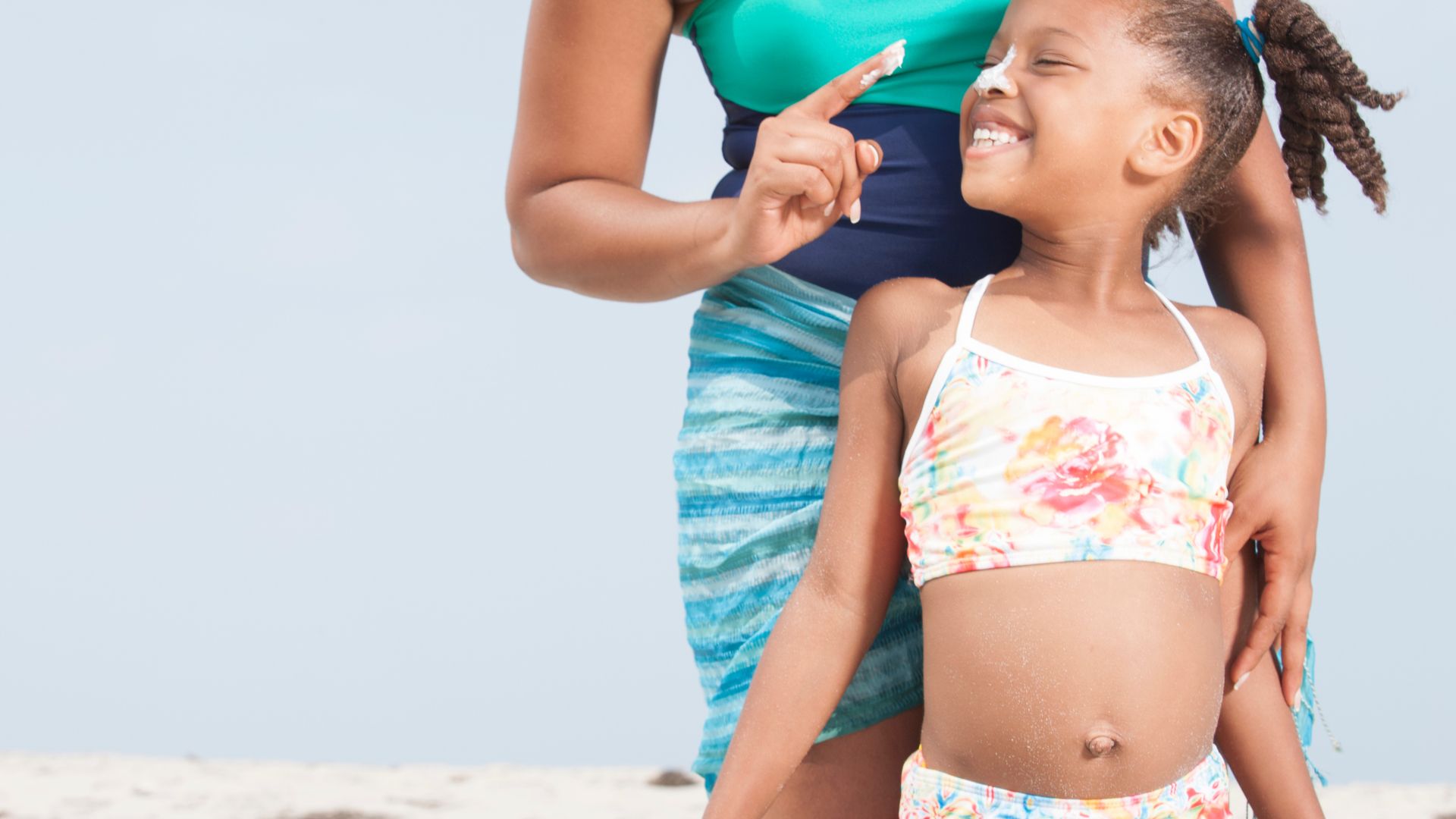
Sun protection is more than just sunscreen. Seek shade, avoid being in the sunshine 10:00 a.m. – 2:00 p.m., choose sunglasses with UV protection, wear a wide-brimmed hat and sun-protective clothing. There are great lightweight shirts and pants that have sun protection woven into them.
Educate and protect yourself so you can enjoy the skin you’re in!
Sangeeta Marwaha, MD, is the chief of dermatology for Kaiser Permanente Napa Solano

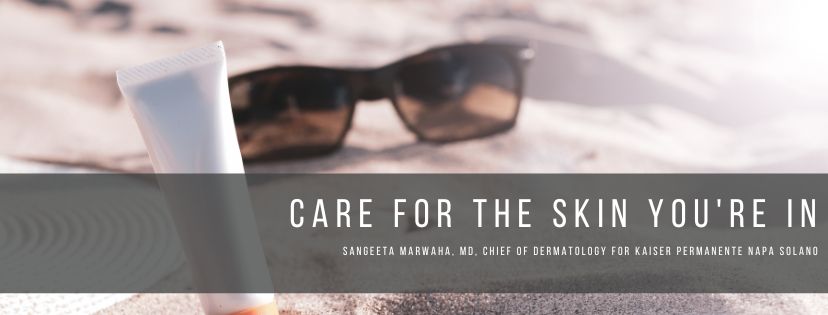
Recent Comments